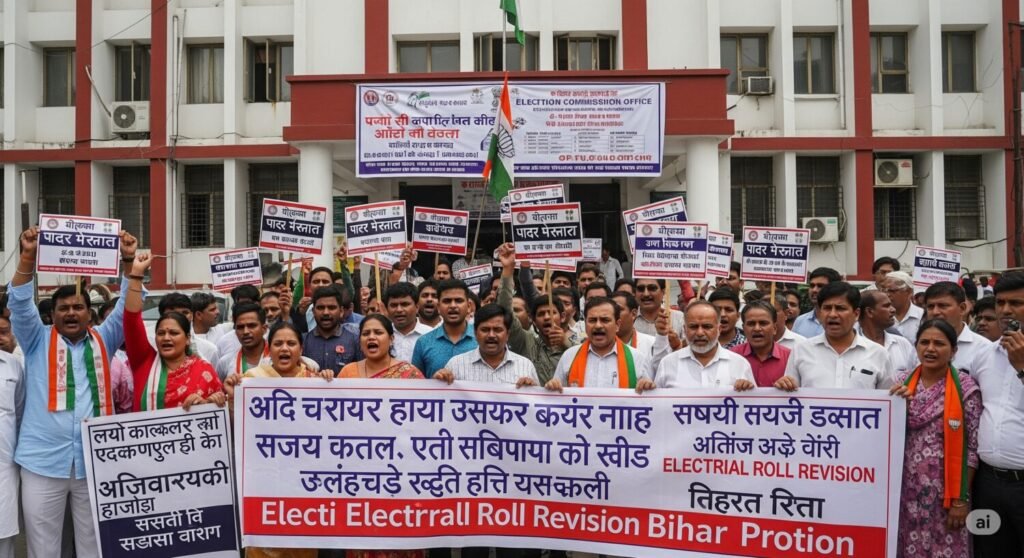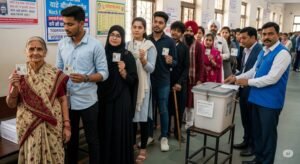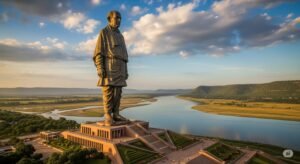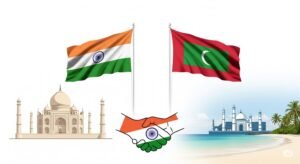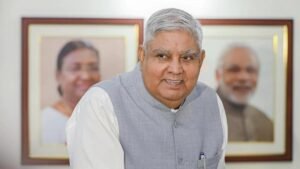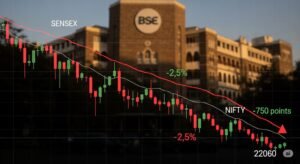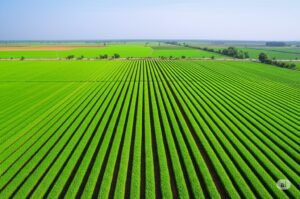Explore Bihar’s evolving political landscape, from electoral roll revisions and social justice narratives to the rising influence of women and youth voters.
Bihar, a state often at the heart of India’s political discourse, is once again witnessing a fascinating interplay of forces. Recent events, including the Opposition’s “Bihar Bandh” and discussions around electoral roll revisions, are shaping the narrative ahead of crucial assembly elections. It’s a complex tapestry woven with threads of social justice, identity politics, and the undeniable aspirations of a changing electorate.
The Electoral Roll Controversy
At the core of the current political churn is the Election Commission’s intensive revision of electoral rolls. While the stated aim is to purify voter lists by removing duplicates and adding new eligible voters, the Opposition has raised significant concerns. They allege that the process could be strategically manipulated to alter the political map, potentially disenfranchising large sections of the population.
- Vulnerable Communities: Over two crore voters, primarily from marginalised communities like Muslims, Dalits, and migrant workers, are reportedly at risk of exclusion. These groups often face challenges in providing stringent documentation, making them vulnerable to bureaucratic hurdles.
- Historical Base: Historically, these communities form the bedrock of the Opposition’s vote bank. Any significant deletion of their names could drastically impact the electoral outcomes.
- Seemanchal Region: The Seemanchal region, with its substantial Muslim population, has emerged as a focal point of these concerns, with fears that voter exclusion here could significantly shift the balance.
Ensuring transparency and fairness in this process is paramount for upholding the integrity of India’s democratic foundations.
The Resurgence of Mandal Politics
The Opposition, particularly the INDIA bloc, is actively leveraging the electoral roll issue to revive a narrative reminiscent of the Mandal era. By linking electoral roll revision with caste census and social justice, they aim to consolidate the votes of Dalits, Muslims, and Other Backward Classes (OBCs). This strategy seeks to challenge the ruling alliance amidst rising unemployment, migration, and concerns over disenfranchisement.
The Evolving Electorate: Women and Youth
Beyond traditional caste loyalties, Bihar’s voter landscape is undergoing a significant transformation. Women and youth, including first-time voters, are emerging as powerful and independent electorates.
- Women’s Influence: In recent assembly elections, women’s voter turnout has surpassed that of men, a clear indicator of their growing political agency. This shift is often attributed to the impact of various welfare schemes directly benefiting households, such as free cooking gas, toilets, girls’ education initiatives, and direct cash assistance. Political parties across the spectrum are now actively vying for the support of the woman voter, tailoring their promises to address their aspirations.
- Youth Aspirations: The younger generation is increasingly driven by concerns related to livelihood, education, and dignity, rather than solely by identity. This demographic shift presents both opportunities and challenges for political parties, pushing them to address substantive issues beyond symbolic gestures.
The current political climate in Bihar is a battle of competing visions: one focusing on entitlements and symbolism, the other on empowerment and substance. As new political forces also seek to carve out their space, Bihar’s 2025 elections promise to be more than just another electoral contest; they will be a significant barometer of the state’s evolving democratic ethos.

